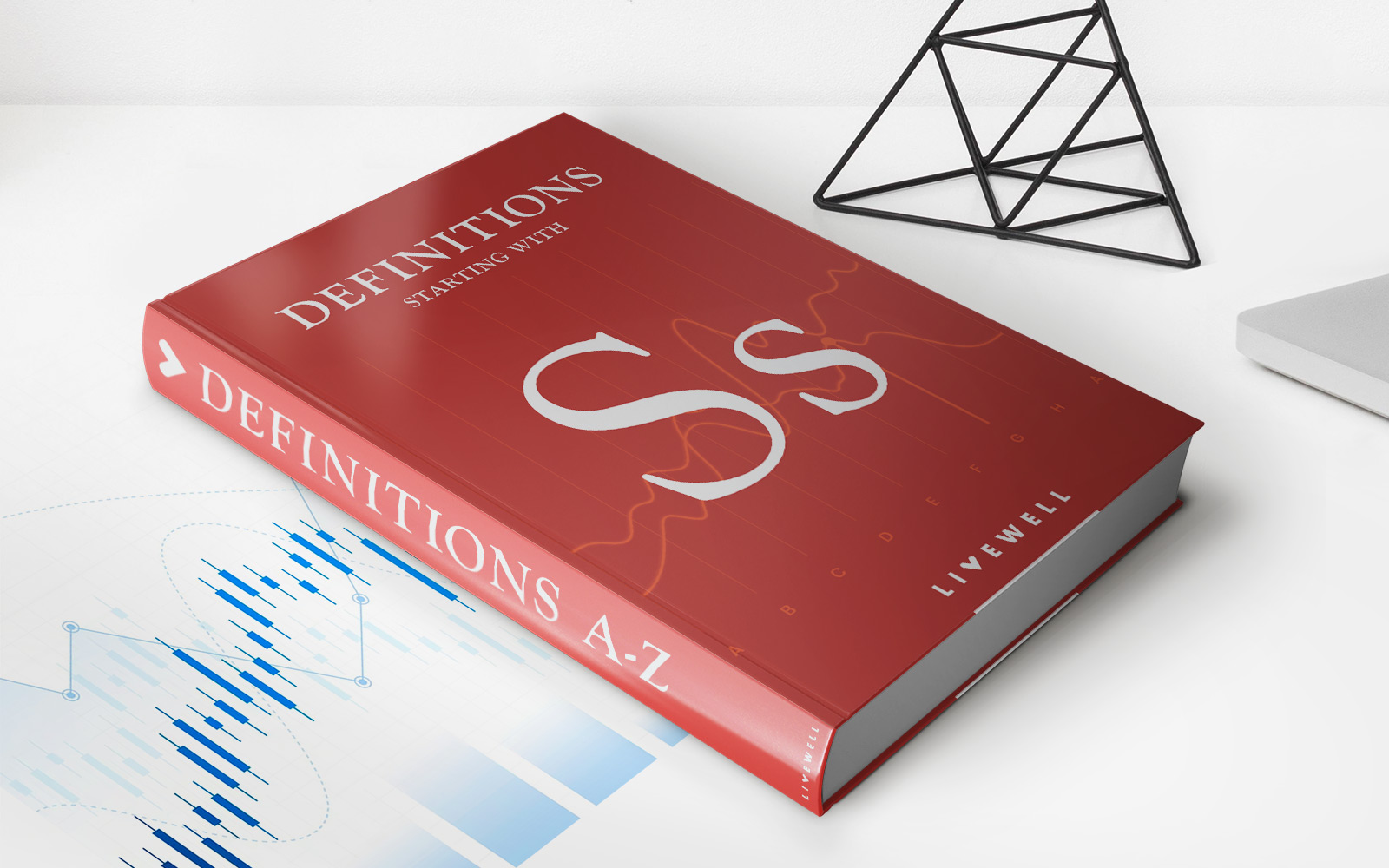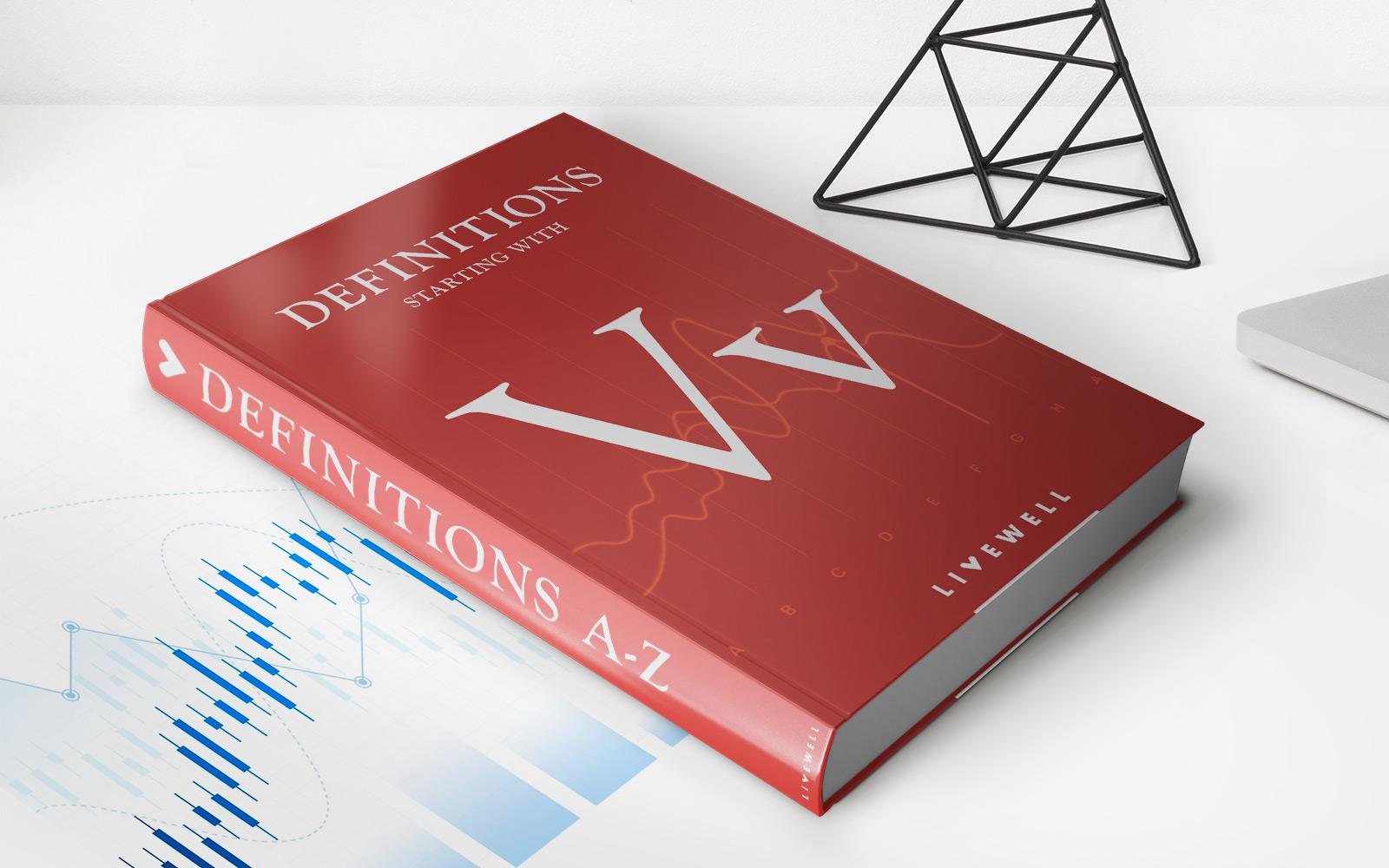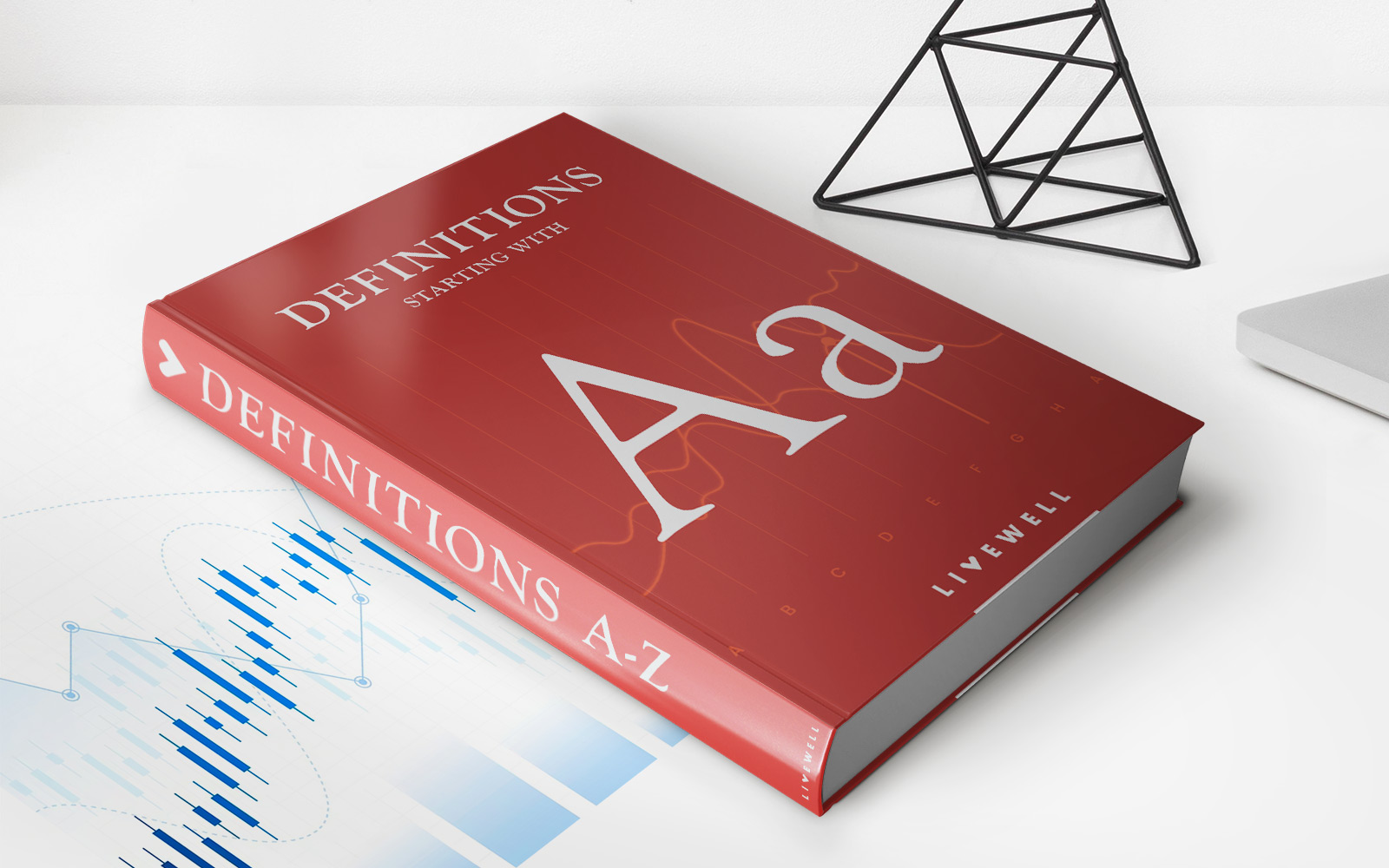

Finance
Zero-Rated Goods: Definition And Examples
Published: February 20, 2024
Learn about finance and zero-rated goods with this comprehensive guide. Discover the definition and explore examples of zero-rated goods in the finance industry.
(Many of the links in this article redirect to a specific reviewed product. Your purchase of these products through affiliate links helps to generate commission for LiveWell, at no extra cost. Learn more)
What are Zero-Rated Goods?
Zero-rated goods refer to products and services that are exempted from value-added tax (VAT) or goods and services tax (GST). In other words, these goods have a tax rate of 0%, which means that no tax is applied to their purchase or sale. Zero-rated goods are often implemented by governments to promote certain industries, stimulate economic growth, or provide relief to specific sectors of the population.
Key Takeaways
Before diving into examples of zero-rated goods, here are two important points to keep in mind:
- Zero-rated goods have a tax rate of 0%, making them exempt from value-added tax (VAT) or goods and services tax (GST).
- Zero-rated goods are often implemented by governments to support specific industries, stimulate economic growth, or provide relief to certain sectors of the population.
Examples of Zero-Rated Goods
Zero-rated goods can vary depending on the country or region, but here are some common examples:
- Basic food items: Many governments choose to exempt essential food items from taxes to ensure affordability and accessibility for their citizens. Examples of zero-rated food items may include fruits, vegetables, grains, dairy products, and staple foods.
- Medicines and medical supplies: In an effort to keep healthcare accessible, governments often zero-rate medicines and medical supplies such as prescription drugs, over-the-counter medications, and medical devices.
- Public transportation: Some countries implement zero-rated tax measures on public transportation services like buses, trains, and trams to encourage the use of eco-friendly and affordable transportation options.
- Education: Zero-rated goods can also extend to educational services, such as tuition fees charged by schools, colleges, or universities, as well as educational materials like textbooks and stationery.
- Exports: In order to promote international trade and support local businesses, many governments zero-rate goods and services that are exported to other countries. This can include anything from manufactured goods to professional services.
These are just a few examples of zero-rated goods. Depending on the country or region, there may be additional categories that qualify for zero-rating. It’s important for businesses and consumers to familiarize themselves with the specific regulations and criteria set by the local tax authorities to ensure compliance.
Conclusion
Zero-rated goods play a significant role in promoting economic growth, ensuring essential goods and services remain affordable, and supporting specific industries. Understanding what qualifies as a zero-rated good is essential for both businesses and consumers to navigate the complex landscape of taxes and make informed decisions. By exempting certain goods from taxes, governments aim to create a fair and inclusive environment that benefits everyone.














